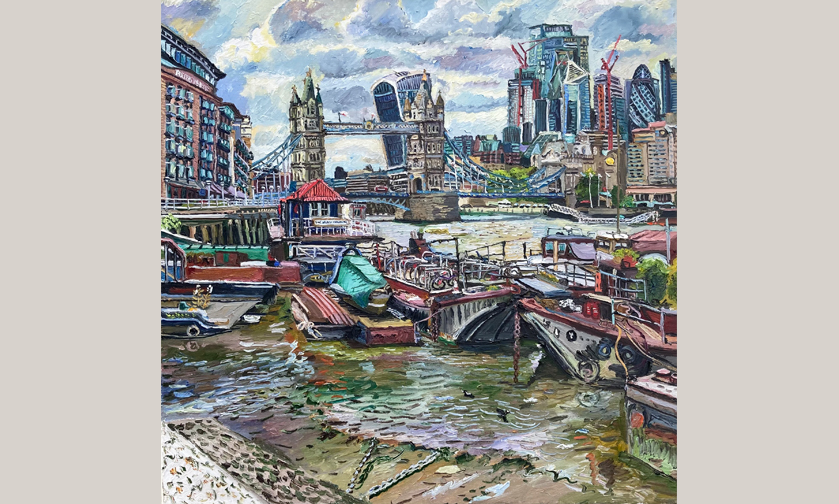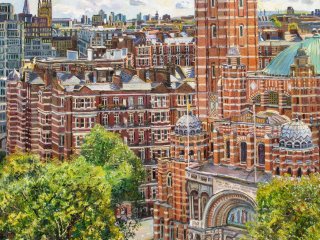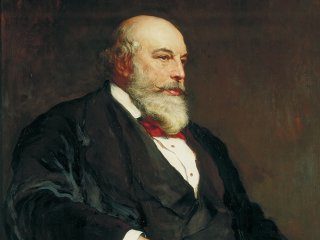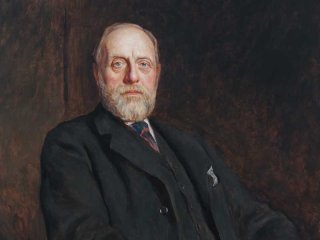Tower Bridge as a muse
An iconic landmark. An engineering marvel. A symbol of London. Tower Bridge is indeed all of that, but also a muse, a source of inspiration to many artists.
Discover how Tower Bridge has been depicted in art through the decades, from the 1890s to today.
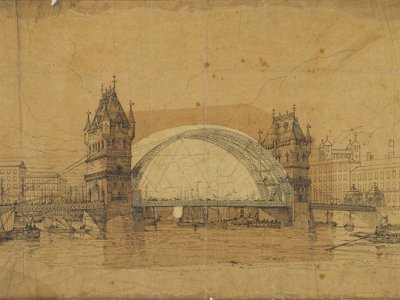
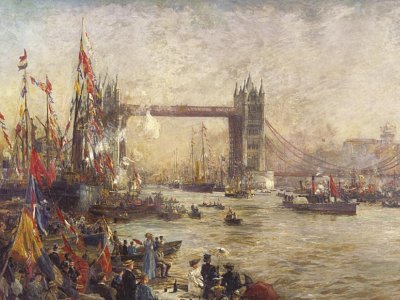
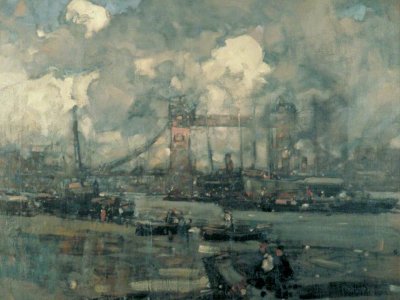
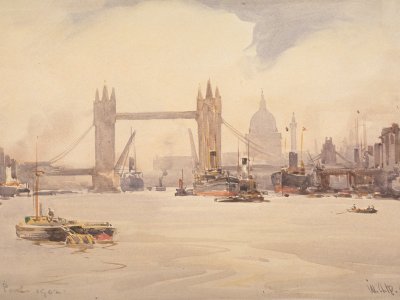
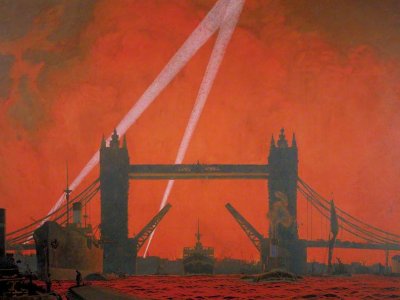
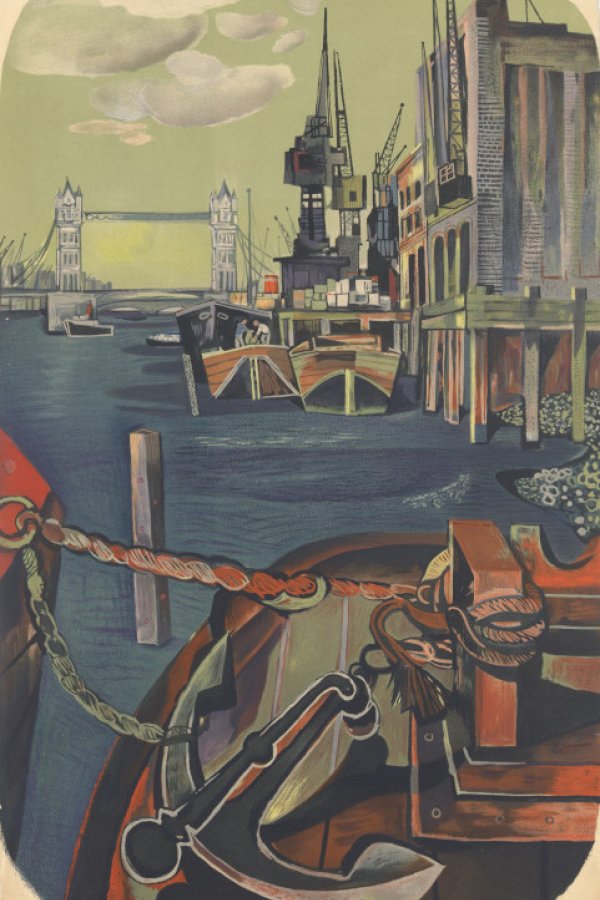
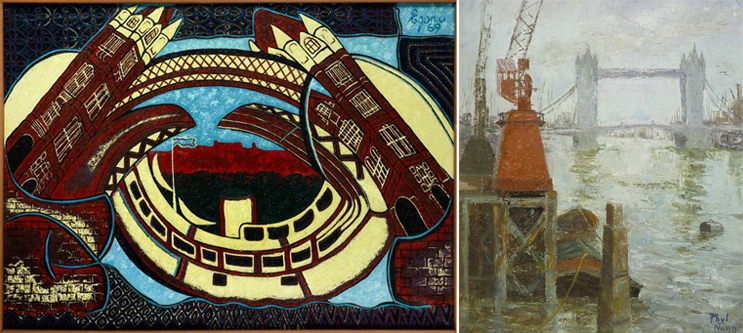
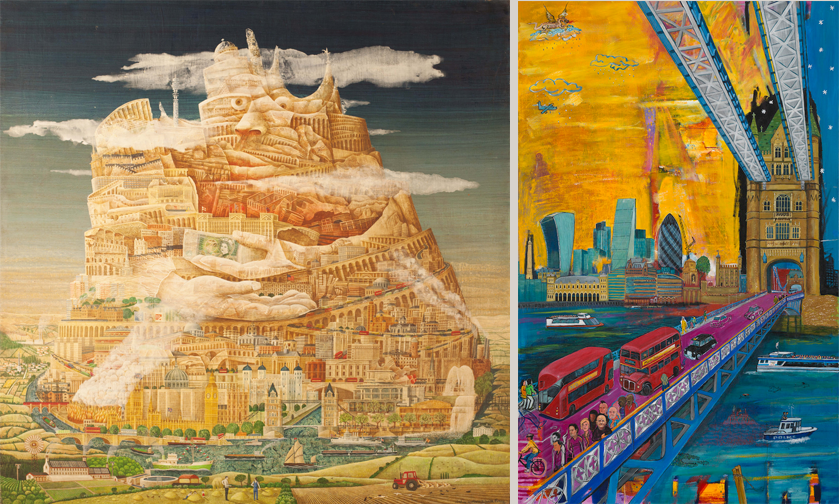
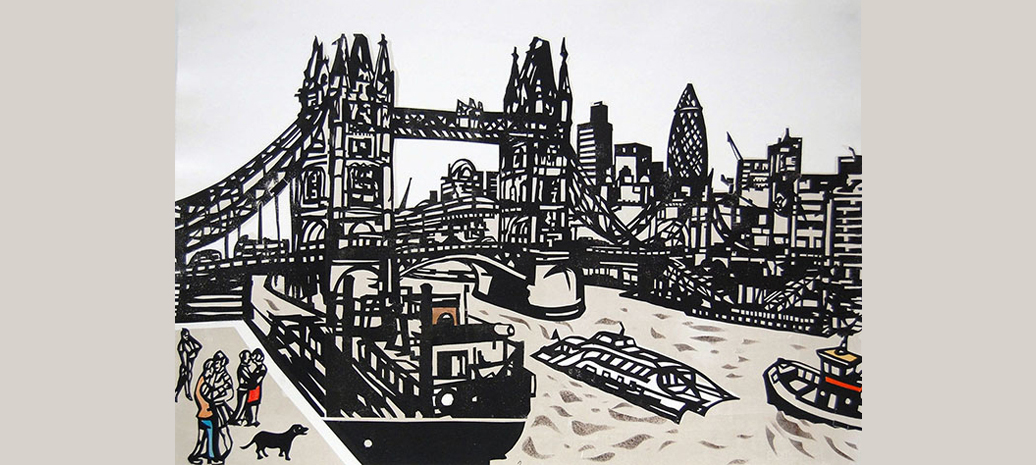 Chris Orr, 'Black Dog at Tower Bridge, 2009, © Chris Orr
Chris Orr, 'Black Dog at Tower Bridge, 2009, © Chris Orr